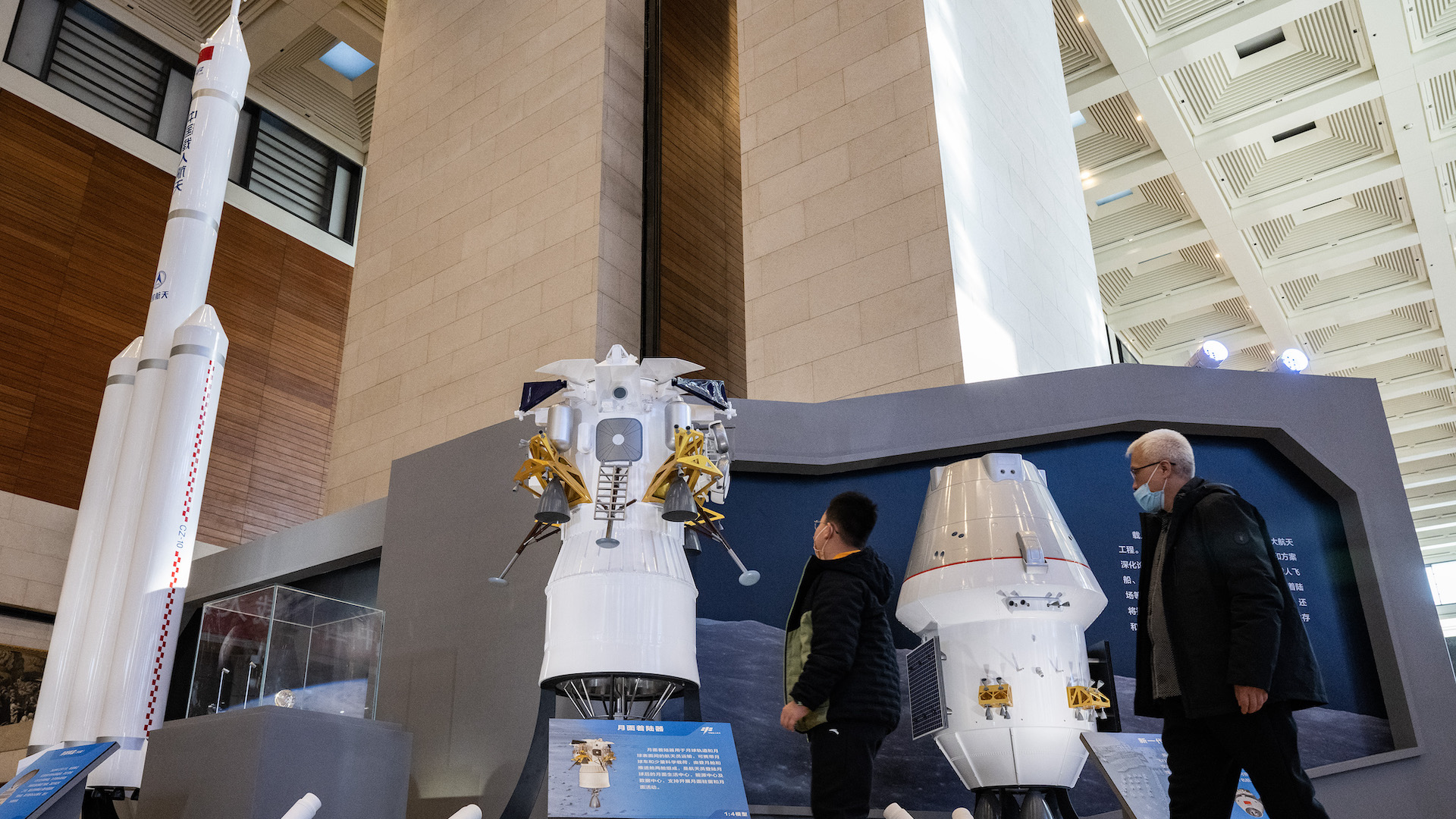China's new moon rocket could launch as soon as 2027

China is making progress on a new rocket being developed to launch astronauts to the moon.
The new launch vehicle is being developed as part of China's plan to put boots on the moon before 2030. A pair of the new rockets — newly named the Long March 10 — will be needed to perform separate launches of a lunar landing stack and a new-generation crew spacecraft.
The pair will then rendezvous once in orbit around the moon. Yang Liwei, China's first astronaut in orbit, revealed recently that the new crew spacecraft will be ready as soon as 2027.
Related: China to launch moon astronauts' new spacecraft for 1st time in 2027 or 2028
The rocket is expected to have a test flight in 2027, Rong Yi, a rocket expert with the China Academy of Launch Vehicle Technology under the China Aerospace Science and Technology Corporation (CASC), told Chinese state media Xinhua according to a July 21 report.
The launch vehicle will be around 295 feet (90 meters) tall and have three, 16 feet (5 m) diameter first stage cores. It will have a mass at takeoff of 463,000 pounds (210,000 kilograms). It will be capable of launching 59,500 pounds (27,000 kilograms) into lunar transfer orbit. It also features a launch escape system on top of its payload fairing.
A 220-feet-long (67 meters) version with single first stage core will be capable of launching 31,000 pounds (14,000 kg) of payload to low Earth orbit (LEO). That variant will be used to launch a LEO version of the new crew spacecraft to the Tiangong space station and will be the first configuration of the rocket to be tested.
Breaking space news, the latest updates on rocket launches, skywatching events and more!
CASC announced that a sixth successful hotfire test for the rocket's main kerosene-liquid oxygen engine was completed in June. The engine is designed to produce 130 tons of thrust and has a cumulative test firing time of 3,300 seconds.
CASC is China’s main space contractor and is charged with developing the various capabilities and components needed to get astronauts onto the lunar surface and safely back to Earth.
China recently completed a huge new test stand at Tongchuan for test firing new engines needed to power its moon rockets.

Andrew is a freelance space journalist with a focus on reporting on China's rapidly growing space sector. He began writing for Space.com in 2019 and writes for SpaceNews, IEEE Spectrum, National Geographic, Sky & Telescope, New Scientist and others. Andrew first caught the space bug when, as a youngster, he saw Voyager images of other worlds in our solar system for the first time. Away from space, Andrew enjoys trail running in the forests of Finland. You can follow him on Twitter @AJ_FI.
